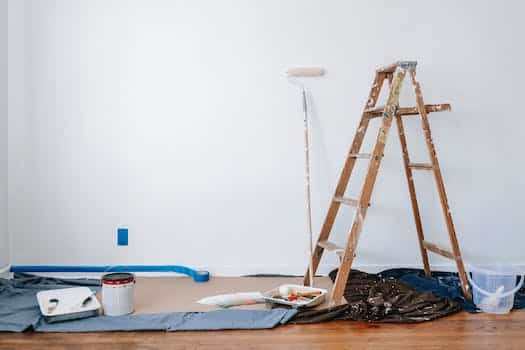Staining furniture is a popular way to update the look of your home decor. However, there is more to staining than just applying a coat of color. In this article, we will take a scientific approach to staining furniture and provide tips to achieve a professional finish.
The Science of Staining
Stain is a mixture of pigments, solvents, and binders. The pigments provide the color, the solvents dissolve the pigments, and the binders hold everything together. The type of wood and the condition of the wood will affect how the stain is absorbed, which will ultimately affect the final color.
Before staining, it is important to prepare the wood surface by sanding and cleaning. Sanding will remove any rough spots and open up the wood grain, allowing the stain to penetrate more evenly. Cleaning will remove any dirt or oils that may interfere with the staining process.
Tips for Staining Furniture
Here are some tips for achieving a professional finish:
- Choose the right stain for your project. Oil-based stains are more durable and provide a richer color, while water-based stains are easier to clean up and have less odor.
- Apply the stain in a well-ventilated area to avoid inhaling fumes.
- Use a clean, lint-free cloth to apply the stain in the direction of the grain.
- Apply multiple coats of stain for a deeper color, allowing each coat to dry completely before applying the next.
- Use a sealer or topcoat to protect the stain and provide a glossy or matte finish.
Conclusion
Staining furniture can be a rewarding DIY project that adds a personal touch to your home decor. By understanding the science behind staining and following our tips, you can achieve a professional finish that will last for years to come.






These 10 innovative and imaginative DIY home decor ideas from [object Object] provide a refreshing approach to enhancing ones living…